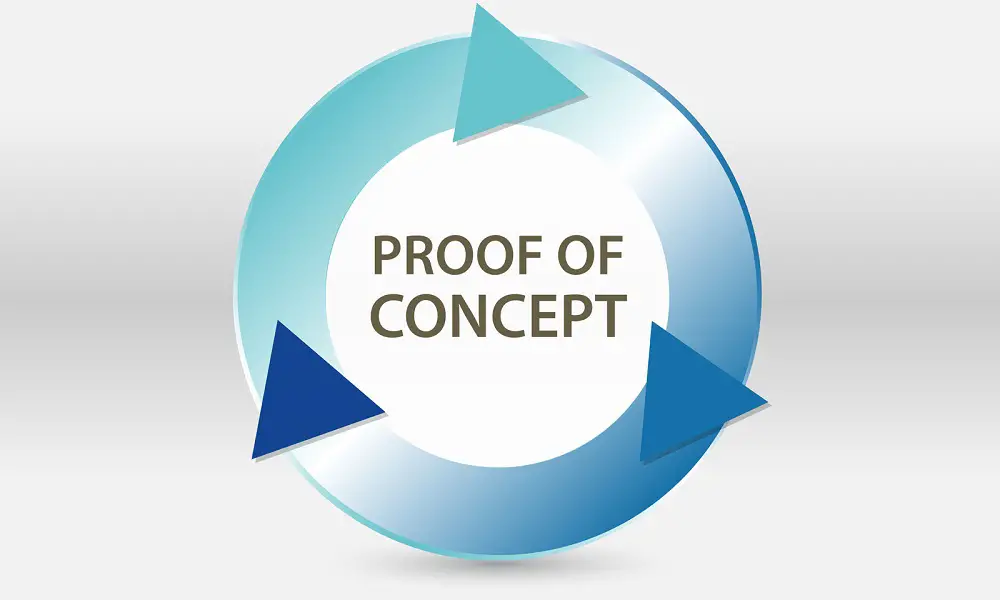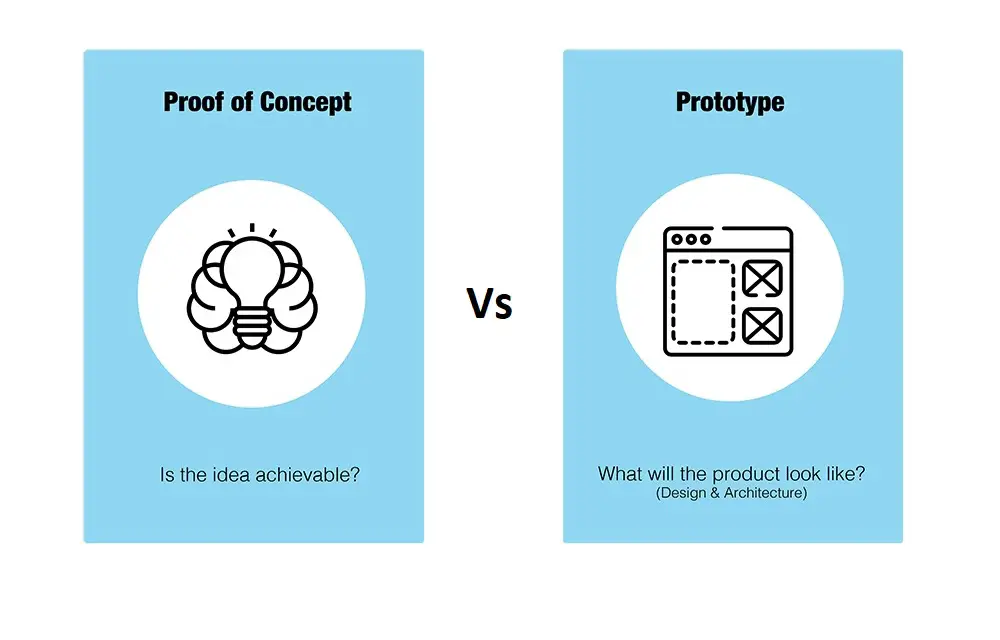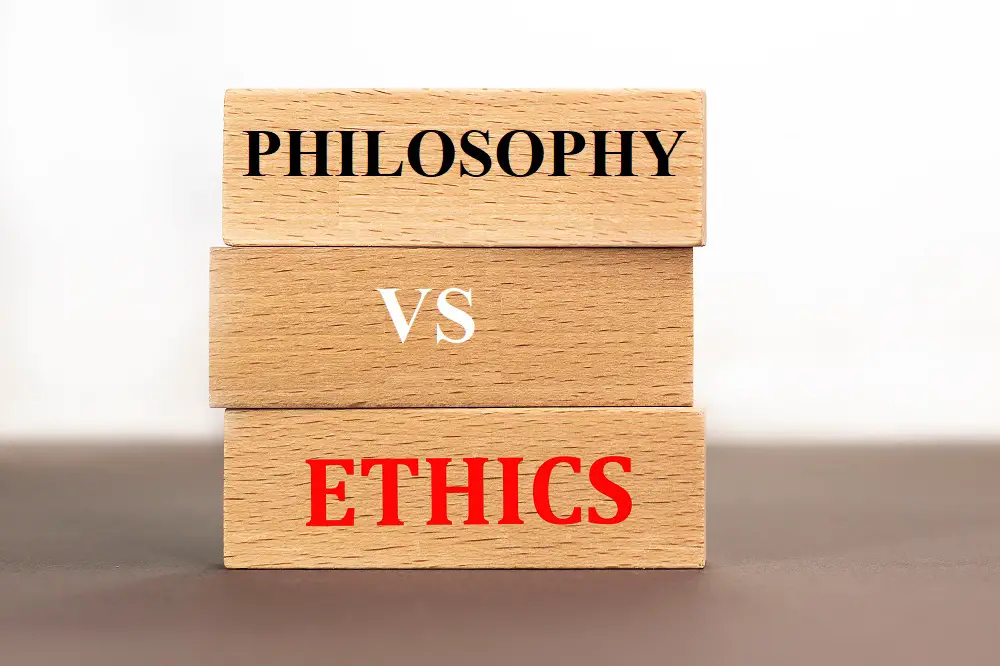Proof of Concept Vs. Prototype: How Do They Differ?
When a new product or service is in the development stage, you will often hear the terms prototype and proof of concept. What do these terms mean, and how does proof of concept and prototype differ? Can you use them interchangeably?
That is what we will discuss today. Let’s get to it!
What is a Proof of Concept?

A proof of concept is one of the first things that are made after ideation is done. It is essentially a small exercise that checks the feasibility and potential of an idea that has been generated. Some of its main goals are to test whether the idea is achievable, feasible to make, and has potential and functionality.
The main goal of a proof of concept is to check whether developing the idea is viable. It is not concerned with showing the idea in real life; rather, it focuses on showing if turning the idea into a reality would be feasible or not.
A proof of concept is thus, created very early on the development stage of a product. It goes like this – first, some ideas are generated, and a few are chosen from them. Then, proof of concept is made for the selected ideas.
If the proof of concept shows that the idea is feasible, functional, and has potential, then the idea is sent into further stages of development. And if the proof of concept shows to the contrary, then the idea is dismissed.
How a Proof of Concept is Used – Example
Suppose an app development team is trying to extend the use of a certain application. The team comes up with extension ideas A, B, and C. Then, they have made proof of concepts for each of them.
The proof of concepts has shown that extension A has large potential, but the cost to implement it is out of the team’s budget.
For extension B, it was found that it is within the budget and has potential, but the team does not have the expertise to make it.
And extension C was found to have potential and feasibility. So, the team will go forward with the idea of extension C.
That is how a proof of concept is used – it shows whether the idea can be developed. It gives you a green or red signal about whether you should or should not go further with developing an idea.
What is a Prototype?

A prototype is a working model of the idea of a product or service. It is a visible, useable, and tangible display of the idea. The goal of having a prototype is to test it to see how the actual item works. How it looks visually and feels to use is also tested.
The prototype of a product is like a mirror of the actual item – it shows the key design features. It can then be tested by the developers and a set group of users to locate any flaws and find any scopes of improvement for the final version. Sometimes the prototype is given to a few customers to see how they react.
How a Prototype Is Used – Example
Suppose a smartphone company is developing its next flagship device. They will build a prototype phone first, containing the main design ideas they had for the build and the beta version of the operating system the company wants to use. In short, it will look and work much like the final smartphone they make.
With this prototype phone, the company will do a multitude of things. It will check how the build of the phone works – if it is comfortable to hold and use, how robust it is, can it stand up against water, etc.
The operating system will also be tested to see if it is user-friendly, are there any bugs or glitches, is it running smoothly and fast, etc.
Then, with the feedback of the testers, major design flaws will be located, and the company will work on perfecting the smartphone. Finally, once every issue is resolved, a finalized version of the phone will be made for selling.
That is how a prototype is used – it provides you a feel of how the major design decisions will actually come out in reality and let you test how well the product you have developed really works.
Proof of Concept Vs. Prototype: Why Do People Mix Them up?

The purpose of a prototype is why people get it mixed up so often with a proof of concept. These two share similar goals – checking the usability of an idea.
However, the aim of a proof of concept is to find if the idea should be used or not. On the contrary, the aim of a prototype is to test how the actual product will feel and find any flaws or scope of improvement to the design. By doing so, the chances of error get reduced.
So, the scope of a proof of concept is rather limited. It is concerned only with if the idea should be developed or not.
On the other hand, the scope of a prototype is much broader in comparison. It checks how the product feels and looks, locates any potential errors or failures in design, finds scopes of improvement, tests how the users react to the product, and more.
You May Also Want to Read These:
Comparison Table of Proof of Concept and Prototype
In the following table, we have summarized everything we have discussed this far for a quick review –
|
Dimension of Comparison |
Proof of Concept |
Prototype |
|
Position in Development Stage |
Early |
Middle |
|
Main Goal |
Test functionality, potential, and feasibility of ideas |
To conceptualize the physical manifestation of the product |
|
What It Is |
A small exercise |
A rough version of the product with major design implementations |
|
What It Shows |
Whether the idea can be developed |
How the idea will be developed |
|
Focus |
One aspect – feasibility (whether the company or team should develop it or not) |
Multiple aspects – design, user experience, ease of use, scopes of improvement, etc. (focus on improving the product in any aspect possible) |
|
Scope |
Small |
Broad |
|
Level of Detail |
Low |
Intensive |
Key Takeaways
- Prototype and proof of concept are two stages of product development concerned with checking the usability of an idea.
- Both of them involve testing – one tests the idea itself for feasibility, while the other tests key design implementations.
- Proof of concept is used in the early stages of product development to decide whether an idea is feasible enough to develop.
- A prototype is used in the mid to end stages of product development to test a close version of the final product for finding errors, improvement scopes, check user experience and usability, etc.
Final Words
While both proof of concept and prototype help you successfully design a product or service, you do not always need both. Sometimes, proof of concept already exists in the external market, in which case, just the prototype would be enough.
We hope you have found our take on proof of concept vs prototype helpful. Until the next time, have a great week!






